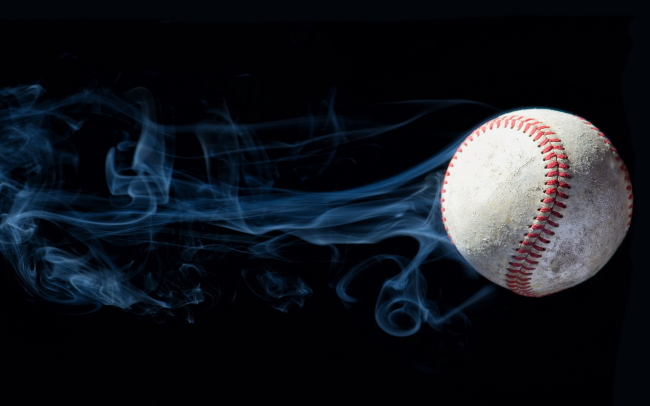
Together with American football, basketball and ice hockey, baseball is one of the sports commonly referred to as "American". After all, the economically - and also playfully - strongest teams are based in the north of the continent, in the USA and Canada, where the market is the largest:
When the average European sees football, the NFL (National Football League), the NHL (National Hockey League), the NBA (National Basketball Association) or even the MLB (Major League Baseball) in North America are all on the home screen.
Of course, this does not mean that the sports mentioned do not enjoy some popularity in Europe as well. But baseball in particular, compared to American football or ice hockey, can only appeal to a comparatively small following.
Nevertheless, these sports belong to the standard repertoire of betting providers - even if often only as a marginal offer with a greatly reduced scope.
If you would like to prove your predictive ability beyond the great classics of football and tennis, you should of course have a certain basic knowledge of the game.
Many people are familiar with the game of "Brennball" from physical education lessons in German and Austrian schools. This is a simplified variant of baseball, which is why at least the basic principle of American mass sports is mostly known in this country.
Therefore, a few words about the procedure and the rules of this American sport should be lost at this point, before the types of bets in baseball are examined more closely.
How does baseball work? The game principle:
The game is played in two teams of nine players each. The teams alternate between defensive and offensive roles, with each change of role completing a half inning. An inning is therefore a section of the game in which each team plays both offensively and defensively. A match usually consists of nine innings.
The offensive team is given the opportunity to score points during such a period of play by means of so-called "runs". The game wins of course who has the most points at the end.
A run is complete when the player manages to pass all three bases counterclockwise from the home plate and get back to the home plate without being taken out of play by the opposing team, the defense.
However, before the runner can start his run, he must successfully hit the ball on the home plate. He has several attempts to do this, each of which is considered a strike.
A failed attempt is present in several cases:
-
If the pitcher throws into the "strike zone" and the player does not hit, misses or hits a foul (the ball lands outside the playing field).
If the judge throws a "ball", i.e. does not hit the "Strike Zone", but the battery still executes a shot, but without success (he does not hit or hits a foul).
If three attempts fail, the player must return to the bench. This is called "Strike Out".
However, there is an exception for the third strike: if the third failed attempt is caused by a foul, this must not be counted as a strike. In this case the throw will be repeated.
If the battery was successful in the tee shot, it can start its run. If he has reached a base without being interrupted in his run, he is "safe" there and can continue as soon as a teammate is playing as battery against the pitcher of the defense.
The defensive of course tries to finish the runs of the offensive prematurely, before they get back to the home plate. This can happen in several ways.
In the following some game situations are exemplarily mentioned:
If the batters blow is intercepted from the air (fly ball), the player is immediately eliminated from the game (fly out). Runners who already stood at one of the three bases and started from there only have to return to their base.
The new runner also leaves the game if the ball is picked up from the ground, thrown to the first baseman and touches the first base before the runner arrives there. A runner is eliminated from the game as soon as he overtakes a runner who was before him. Only one runner may stand at any one base. The runner's turn is finished even if he is hit by the ball in Fair Territory.
The same applies if the runner is touched by a field player who has the ball with the ball or with the glove in which the defensive player holds the ball. The runner must not be on a base.






